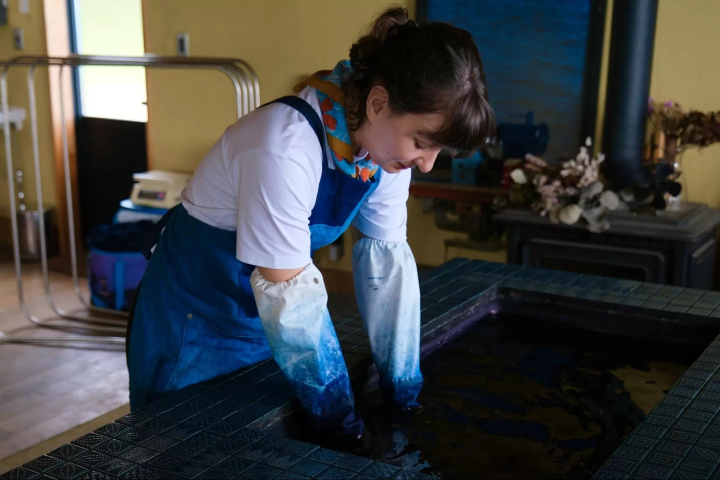Kyoto's Annual Jidai Festival - Reviving The Past

The Jidai Festival is celebrated every year on October 22nd at Heian Jingu in Kyoto. It is one of the most representative festivals of Kyoto, together with the Aoi and Gion festivals. You just have to see the rows of people wearing historical costumes!
This is Jidai Matsuri!
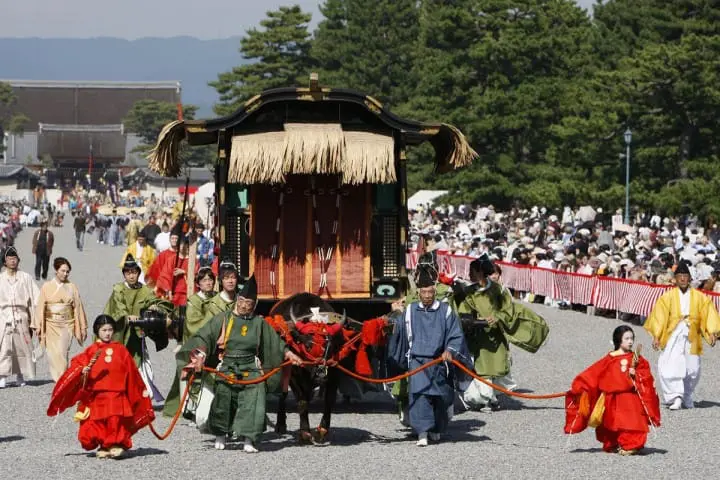
Jidai Matsuri (Jidai Festival) is a festival celebrated in Heian Jingu (Heian Shrine) in Kyoto. It is said to be one of the greatest, most representative festivals of Kyoto, along with the Aoi and Gion festivals.
It is held every year on October 22nd, and has been ever since 1895. On that day back in 794, the 50th Emperor Kanmu left Nara city and moved the capital city to Kyoto. In a sense, you could say this date represents Kyoto's birthday.
The main purpose of the whole celebration is to show the prosperity and evolution of Kyoto by the two emperors who are said to be enshrined in Heian Jingu, the emperors Kanmu and Komei. During the festival, many people gather around the Kyoto Imperial Palace, where the Emperor of Japan used to live until 1869. These participants are usually dressed in garments and equipment characteristic of Meiji, Heian, and other historical periods of Japan, while they ritually walk the route to Heian Jingu.
The outfits and the weaponry, as well as other equipment, are detailed replicas made to perfectly reflect the original. They are created using the traditional techniques of Kyoto. If you keep reading, we let you know all the necessary information about the 2017 Jidai Festival’s schedule, venues, and access routes.
*1 Komei Emperor: the last emperor who resided in Kyoto. He is also the father of Meiji Emperor. With the Meiji Restoration in 1866, Tokyo became the capital of Japan, and the emperor moved his permanent residence from Kyoto to Tokyo.
Jidai Matsuri Schedule 2017
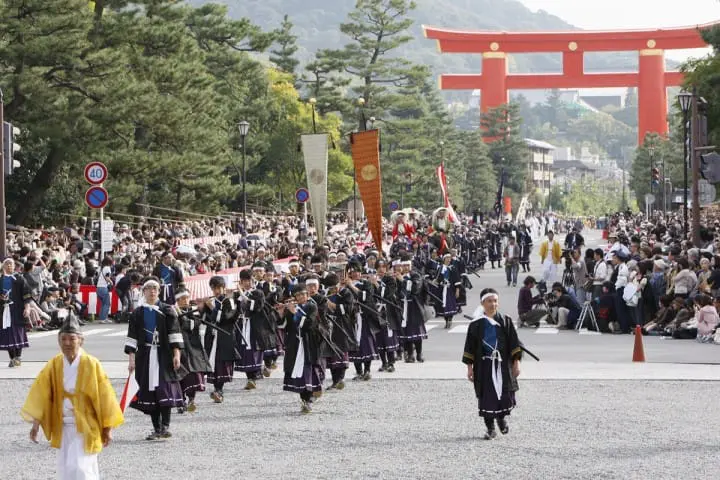
Photo courtesy of Heian Jingu
The Festival will be held on Sunday, October 22nd, 2017.
How to Find the Venues of the Festival from the Station
The Jidai Matsuri parade usually advances from Kyoto Imperial Palace to Heian Jingu. Some people will be walking the whole distance of approximately 2km.
We will introduce the ways to get to Kyoto Imperial Palace and Heian Jingu. However, an important thing to keep in mind is that on the day of the festival, it is quite likely that the streets of Kyoto will be overcrowded and jammed with people. If you’re planning to get there by bus, we advise you to start your voyage a bit earlier than you may have originally planned.
For more detailed instructions on how to get to Kyoto from Tokyo, take a look at the following article: Tokyo To Kyoto: Should You Go Via Shinkansen Or Night Bus?
Let’s Head to Kyoto's Imperial Palace!

You can choose your travel means to get to Kyoto Imperial Palace: either by train or by bus.
By Train
Ride the train bound for the Kyoto International Conference Center on the Kyoto Municipal Subway Karasuma Line, and get off at Imadegawa Station. It ought to take you about ten minutes, and the fare is 260 yen.
Upon arrival at Imadegawa Station, it is a five minute walk to the Kyoto Imperial Palace.
By Bus
Hop on the Kyoto 51 bus bound for Mount Hiei at the C6 boarding platform of Kyoto-Ekimae bus stop, and get off at Karasuma-Imadegawa bus stop. The time required to get to your destination is around 20 minutes, and the ticket price is 230 yen. You should arrive at Kyoto Imperial Palace after about a five minute walk from the bus stop.
Kyoto Imperial Palace
Address: Kyoto, Kyoto, Kamigyo, Kyoto National Garden 3
How to Get to Heian Jingu
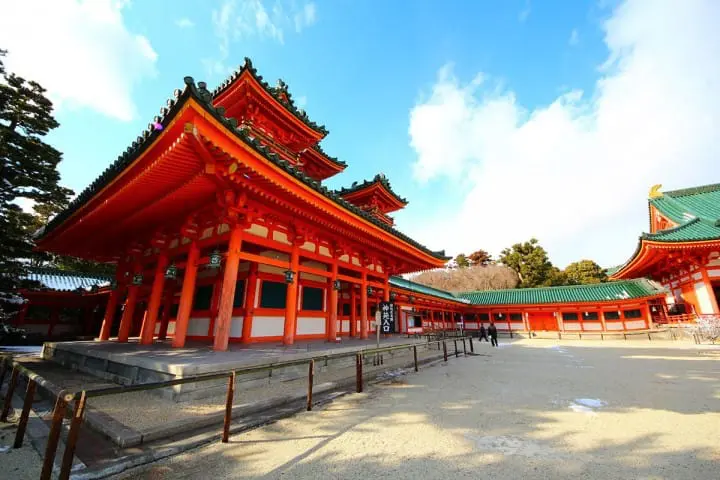
As for the festival route’s final destination, Heian Jingu, you can also take your pick between a bus or a train, depending on your circumstances and preference.
By Train
If you want to go by train, get on the train bound for Kyoto International Conference Center on the Kyoto Municipal Subway Karasuma Line, and upon arriving at Karasuma-Oike Station, change trains to the one bound for Rokujizo, (on the Kyoto Municipal Subway Tozai Line), and finally get off at Higashiyama Station. It shouldn’t take more than 15 minutes (including the time necessary for switching trains), and the fare is 260 yen. You can walk to Heian Jingu from Higashiyama Station. It will take around ten minutes.
By Bus
If you decided to go by bus, get on the Kyoto City Bus Line 5 (5 Keito), bound for Iwakura-Misaokurumabazen, at the A1 platform of Kyoto Station, and get off at Okazaki Koen-Bijutsukan/Heian Jingu-Mae bus stop. You’ll arrive at the bus stop after about 30 minutes, and the ticket fare is 230 yen. Walk 5 minutes to Heian Jingu from the bus stop.
Heian Jingu
Address: Kyoto, Kyoto, Sakyo, Okazaki Nishitennocho
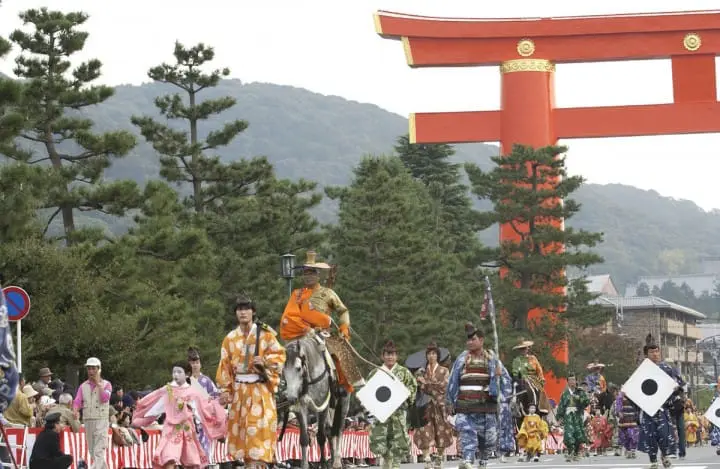
Photo courtesy of Heian Jingu
Everyone agrees that Japanese traditional festivals can bring joy to both the participants and the spectators, with their flashy dancing, buoyant atmosphere and colorful outfits. But Jidai Festival offers something different, something transcendent of space and time! When you visit the Jidai Festival, be very observant of the clothing worn by the people in the parade. Each and every one of them is wearing garments from some of the eight major historical periods of Japan – Meiji, Edo, Azuchi-Momoyama (*2), Muromachi (*3), Yoshino (*4), Kamakura (*5), Fujiwara (*6), and Enryaku (*7). These costumes are worn by more than 2000 parade participants assembled in 20 lines. Make sure you don’t miss the differences and similarities in style, as each of the garment-styles is interesting and admirable on its own.
We definitely recommend you pay close attention to women’s clothing from Edo, Heian, and some other eras. If you observe very closely, you can admire Kyoto’s maikos (geisha apprentices), and geishas disguised as high-class ladies from various periods in Japanese history – they truly make a wonderful sight to behold, dressed up in those gorgeous garments.
*2 Azuchi-Momoyama Period: lasted from 1568 until 1615, when Oda Nobunaga and Toyotomi Hideyoshi governed the country.
*3 Muromachi Period: lasted from 1336 until 1573, when the Ashikaga Clan ruled the country.
*4 Kamakura Period: lasted from 1185 until 1333, when Heike and Hojo Clans governed the country, and the capital city was moved to Kamakura in Kanagawa prefecture.
*5 Yoshinocho Period: lasted from 1336 until 1392, when many clans fought for the right to govern the country. It is also referred to as Nanbokucho Period.
*6 Fujiwara Period: lasted for 300 years, starting from 894. During this period the noble family of Fujiwara had the power and ruled the country. Also, during this period Japan created much of its original culture and traditions.
*7 Enryoku Period: the period when Japan formed as a country. It lasted from 782 until 806, and the country was ruled by the Emperor Kanmu.
What to Wear to the Festival
Clothing and Footwear
The average temperature during October in Kyoto is 17.8 degrees Celsius. Since it might get chilly during this time of the year, you might want to bring a light hoodie or a shawl to keep yourself warm.
We recommend you wear comfortable shoes such as sneakers so that you can wander around leisurely.
** Information on transportation times and fees was taken from official websites, and is current as of May 2017. Please note that this information is subject to change.






























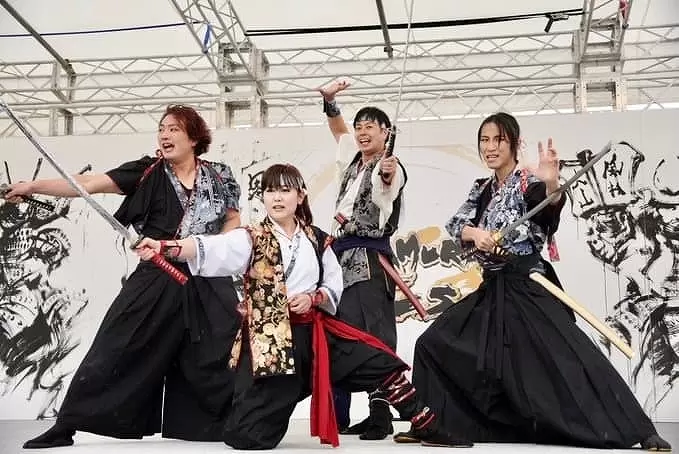
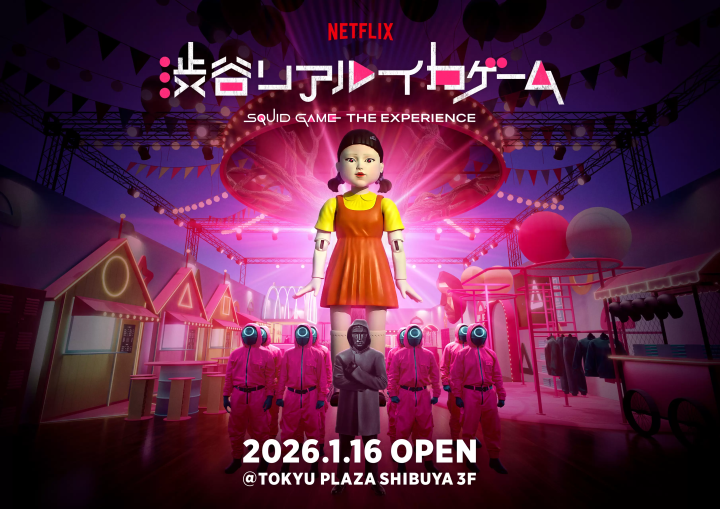








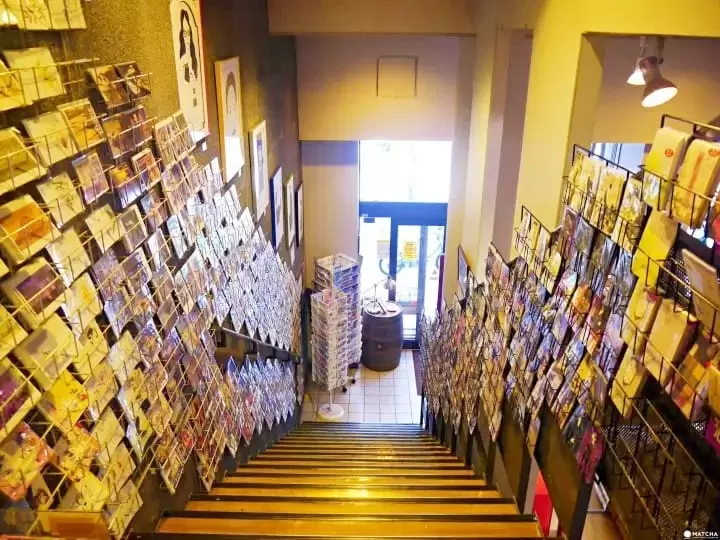
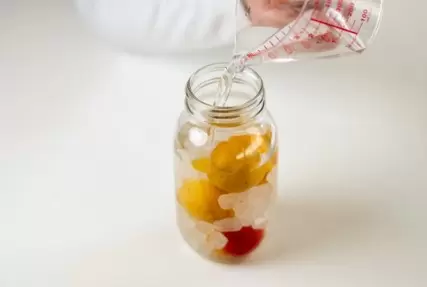
![[Just a short distance from Nagoya] Popular Taiwanese YouTuber Alan tours Aichi, Tokoname!](https://resources.matcha-jp.com/resize/720x2000/2026/01/08-255181.webp)
